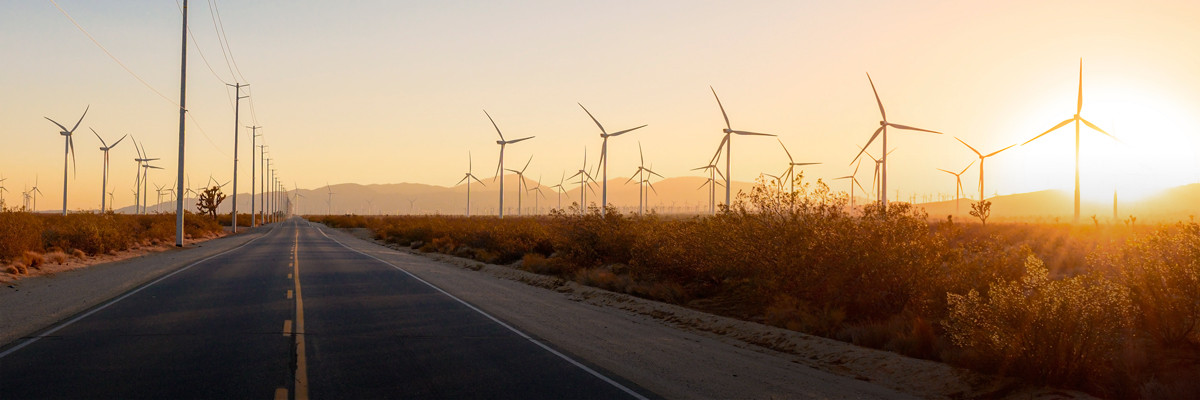
Authors
-
Edward Cameron
Former Managing Director, BSR
-
Samantha Harris
Former Associate Director, BSR
Last week, California became the latest in a growing list of major economies to commit to a low-carbon future. In the midst of what is the worst drought on record, Governor Jerry Brown announced a bold target of reducing greenhouse gas emissions by 40 percent below 1990 levels by 2030 as part of a longer-term decarbonization plan aimed at reducing emissions by 80 percent by 2050. This is part of a package of measures that aims to increase the state’s renewable portfolio standard to 50 percent; reduce petroleum use in cars and trucks by 50 percent; double the efficiency of existing buildings; and reduce the release of methane, black carbon, and other potent pollutants across industries.
This places California in the climate vanguard with the European Union, which now has a binding commitment for member states to achieve at least a 40 percent domestic reduction in greenhouse gas emissions by 2030, compared to 1990. The move also compares favorably with the recently announced U.S. federal commitment to reduce GHG emissions by 26 to 28 percent below the 2005 level economywide. This is supposed to happen during the next decade, as both the volume of GHG cuts and the decision to choose 1990 as the base year add up to considerably more ambition.
California’s target is important both for the signal it sends and for the substance itself. The Golden State is the world’s seventh largest economy, home to 54 Fortune 500 companies, and a global hub for innovation and venture capital. This commitment is a significant expression of confidence in California’s ability to build a dynamic economy while leading the world on climate change. It sends a signal to California’s technology industry to continue to innovate with new services and analytics that are essential to enabling ambitious emissions reductions.
As the largest U.S. agriculture producer, generating more than US$43 billion in 2014, and the nation’s second largest consumer of energy, California is a significant contributor to the world’s greenhouse gas emissions. Meeting this target will require that companies in these sectors collaborate on business strategies that are ambitious and pragmatic.
The commitment, coupled with continued innovation by business, will create new opportunities for corporate power users and providers of renewables to develop creative arrangements that not only meet but exceed the state’s ambitious goals on renewable power.
Companies are already rising to the challenge. Just last week, Tesla unveiled a retail home-energy storage product that will dramatically support the increased adoption of renewables at a price that analysts say is surprisingly low.
Building on this policy development and in-kind business action, BSR is helping companies go further, faster. In partnership with the climate coalition We Mean Business, BSR and other partners have launched a campaign encouraging all sectors, from renewable energy to land use, to work together to tackle climate while reducing costs. And we have developed a framework for emissions reductions that can be tailored to address the unique emissions profile of individual sectors and companies. This informs a series of BSR’s Collaborative Initiatives that include participation from industry leaders throughout California.
Hockey legend Wayne Gretsky once said: “A good hockey player plays where the puck is. A great hockey player plays where the puck is going to be.” Governor Brown’s announcement sets California on a path toward decarbonization by the middle of the century. Given the pioneering track record of California businesses, it’s likely they, too, will heed the advice of the “Great One.”
Let’s talk about how BSR can help you to transform your business and achieve your sustainability goals.